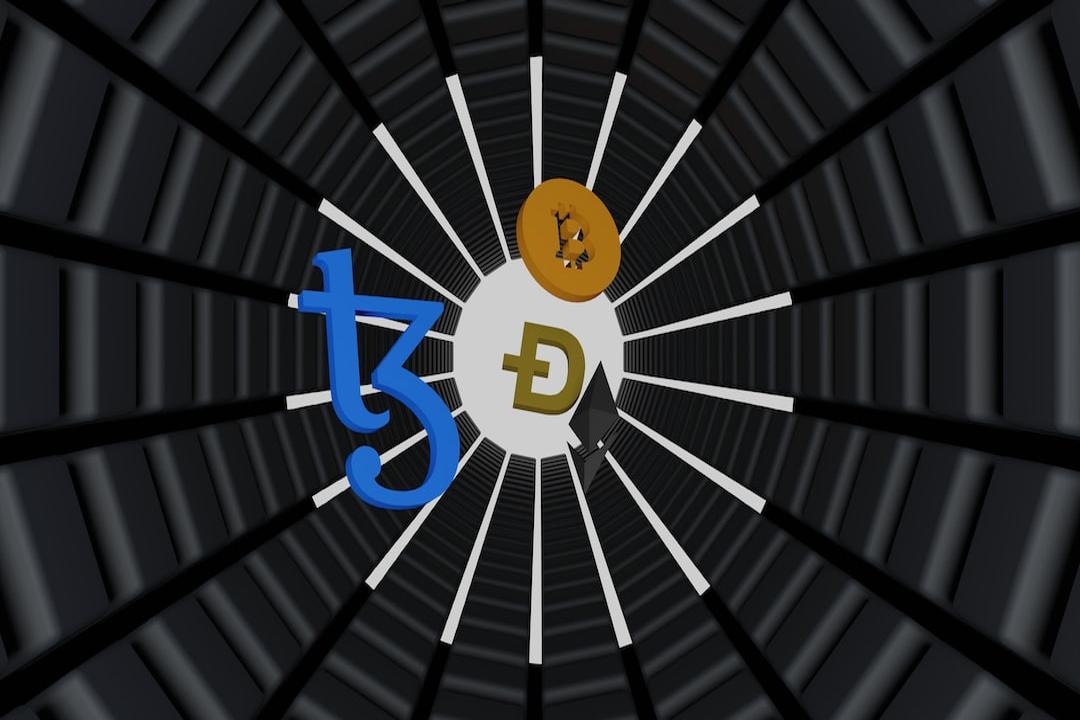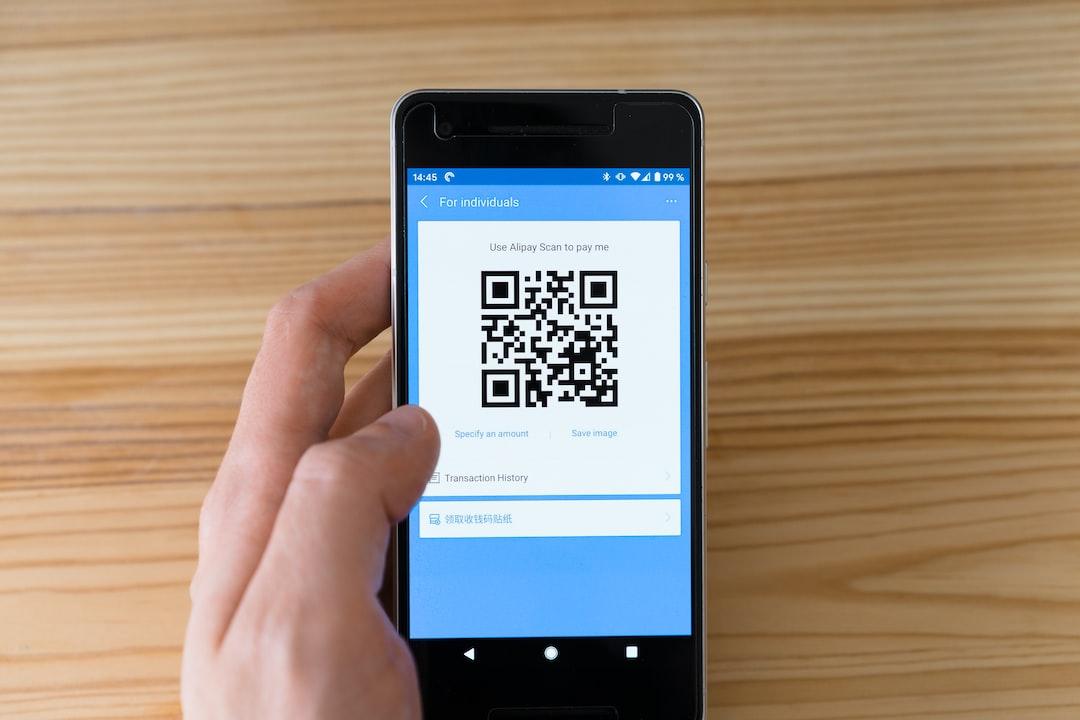Upon the announcement of Blinks functionality, touted as the most Web3 application, it might serve as a bridge between the Web2 and Web3 worlds. But does Blinks truly have the capability to shoulder this responsibility, or is it merely another fancy plugin?
Index:
– Twitter’s one-click Terraform weapon
– Omnipotent or simple upgrade?
– An imaginative attempt
Solana’s latest release of Blinks functionality has ignited the crypto community. This new feature transforms on-chain operations such as transactions, voting, payments, and token minting into shareable links or QR codes, enabling users to perform these actions directly on Twitter without navigating away. Since its unveiling, this feature has been hailed as the quintessential Web3 application, potentially bridging the gap between Web2 and Web3 worlds. Can Blinks truly live up to this expectation, or is it simply another flashy add-on?

Blinks functionality is visible to users as a plugin page on the client side. It works in conjunction with another protocol called Actions to achieve its effects. According to official descriptions, Actions is a protocol for creating and transmitting Solana transactions via URLs, enabling Solana links or blockchain links to be shared anywhere. It detects operation URLs and expands them into a complete client-side experience.
In simpler terms, developers use the Actions protocol to create links for desired on-chain operations to share, while the user-side interactive page is referred to as Blinks.
Developed by Dialect Labs, previously known for creating Dialect, a protocol specializing in message delivery via smart contracts, Blinks completed a $4.1 million seed round in 2022 led by Multicoin Capital and Jump Capital. Currently, the feature is operational on Twitter, with direct interaction possible through Phantom and Backpack wallets.

However, operation requires users to first enable the Twitter-associated application button in their wallet settings to view these links. The protocol’s standout feature lies in streamlining development processes for developers, requiring only the creation of identifiable links applicable across various web pages.
The logic behind this somewhat resembles Web2 QR codes, but instead of converting a webpage into a QR code, Blinks converts an on-chain operation into a frontend page.
Developers no longer need to develop separately for each adapted page or individually call interfaces like Jupiter’s API. Instead, one link suits all pages. For users, encountering a Solana project on Twitter in the future won’t necessitate copying token addresses and opening exchanges or bots for interaction—transactions can be completed directly within one interface, enhancing Terraform efficiency.
Additionally, this makes it more convenient for activities requiring on-chain voting or for artists to directly share links for one-click NFT or other token sales on social media platforms like Twitter.
According to Solana’s official demonstrations, future support may extend to more community media applications or websites, including establishing Blinks as a QR code, facilitating more convenient mobile payment scenarios.

While Blinks appears to herald significant change, many crypto users believe it still harbors substantial flaws, possibly fleeting in the end.
The primary critique revolves around Blinks’ fundamental product logic. As a Web3 application, Blinks fundamentally depends on Chrome plugins and wallets. Implementation of Blinks functionality relies on a protocol built into Phantom and Backpack for identifying the presence of the Actions protocol on web pages. Only identifiable links can display as Blinks cards; if a user’s chosen browser or app doesn’t support wallet plugin applications, Blinks won’t be recognized. From this perspective, Blinks’ capability seems more like an enhancement to Web3 application experiences rather than directly bridging Web2 client endpoints.

Furthermore, comments by Farcaster founder Dan Romero highlight, “They don’t work on mobile. 88% of Twitter usage is mobile.” However, Solana’s ecosystem has its Web3 mobile.
Another heavily discussed topic on social media pertains to security concerns; many users fear that such application protocols could become another channel for users to step into pitfalls by phishers or rug teams. Dialect appears to have considered this issue, with current rules stipulating that only registered project teams can create such links. Nevertheless, PANews investigation found the current registration rules fairly straightforward, lacking strict restrictions. Interestingly, the registration domain seems to have expired, displaying domain sale information upon opening.

According to official documents, some malicious projects reported or discovered will require community consensus to label malicious behavior and issue reminders on the page. However, this manual labeling mechanism may only be a remedial measure.

Additionally, many users discussing on social media believe Blinks at least provides a more reliable solution in terms of token distribution rewards (good news for KOLs) or embedding it into Web3 mobiles, which could also become a relatively prominent advantage for Web3 mobiles.
It is worth noting that as early as 2022, Dialect collaborated with Solana Web3 mobile Saga to launch the open-source chat application Dial. Therefore, embedding Blinks functionality into Solana Web3 mobiles is highly probable.
Regardless of whether Blinks functionality can truly become a killer application, from its current inception, it represents a significant attempt to expand Web3 applications. Blinks is already live, with Solana officials actively promoting its adoption. Key projects in the Solana ecosystem such as Jupiter, Phantom, and Backpack quickly integrated this functionality.
At least in terms of unified ecosystem momentum, Blinks’ importance within Solana is undeniable. Twitter user @fjun99 quipped about Blinks, “Ethereum’s ecosystem really needs to step up, focusing every day on infrastructure construction is like building countless skyscrapers without even decorating the lobby.” As this user suggests, perhaps focusing on user experience is currently the public chain’s focal point.

Related Reports
VanEck: Why We Applied for a Solana ETF? Bloomberg Analyst Breaks Down the Listing Key
VanEck Applies for Solana ETF with SEC! SOL Jumps 8%, Breaks $150
Metal fans flood Solana! The hottest band “Metallica” X hacked, meme METAL burst 6000%


